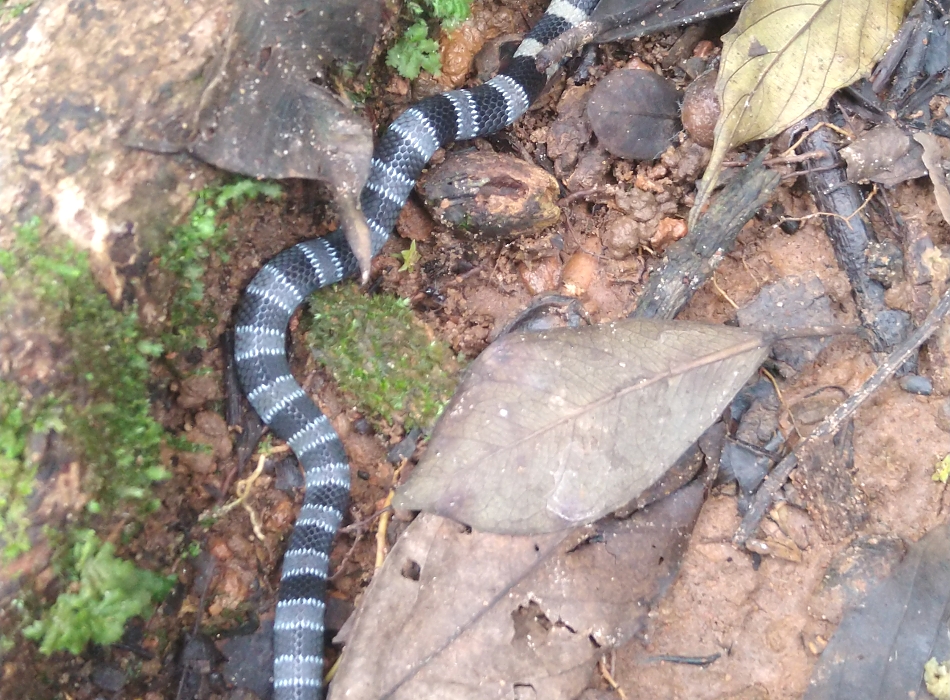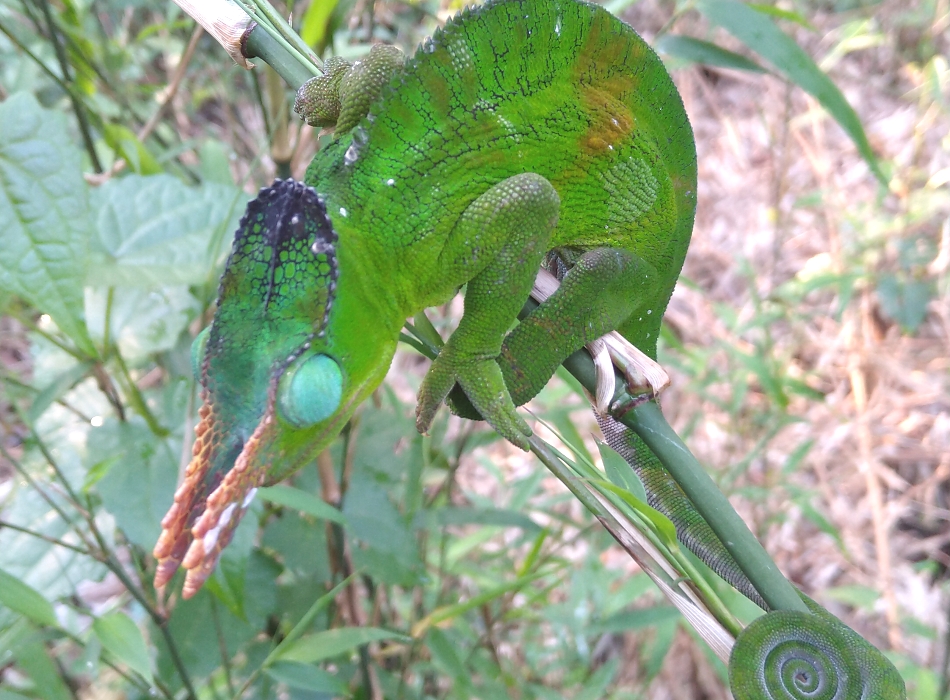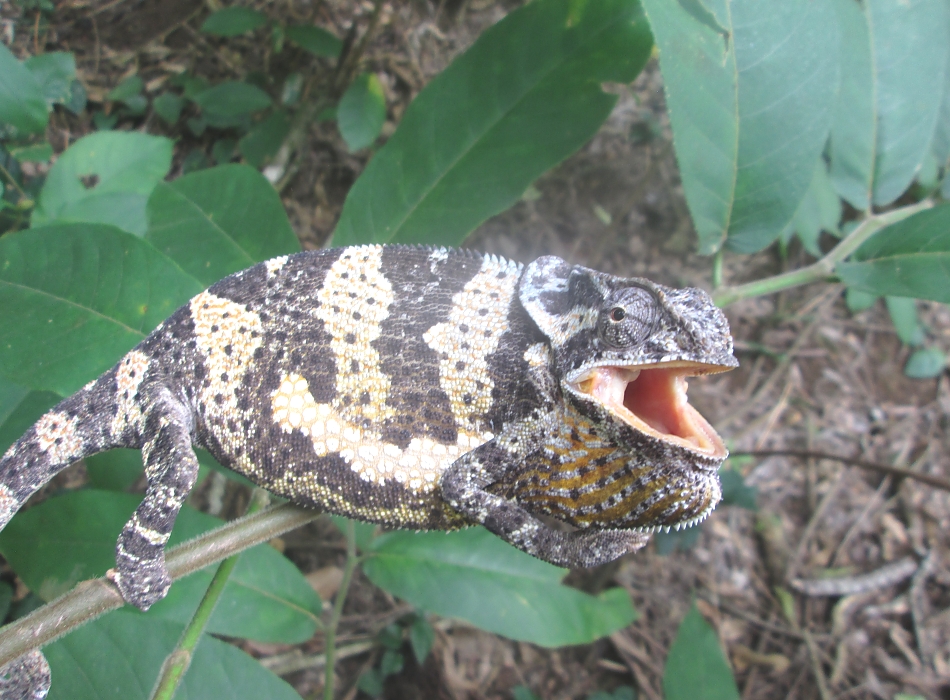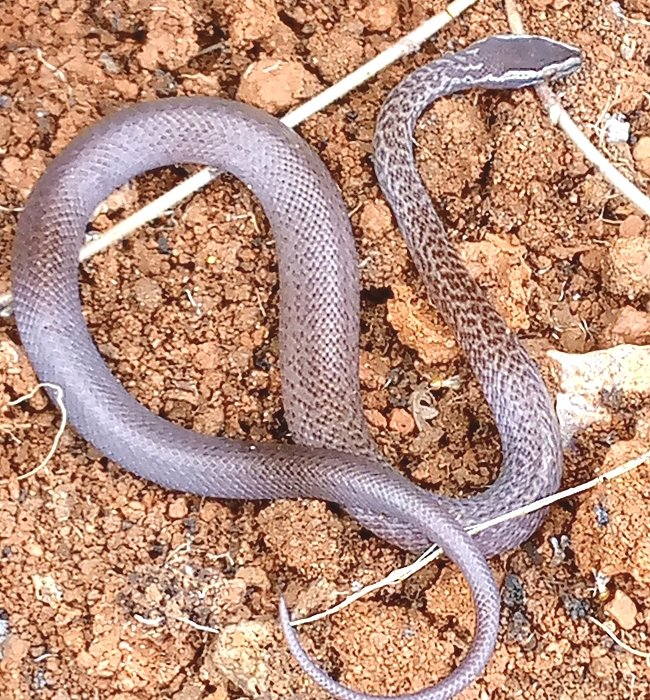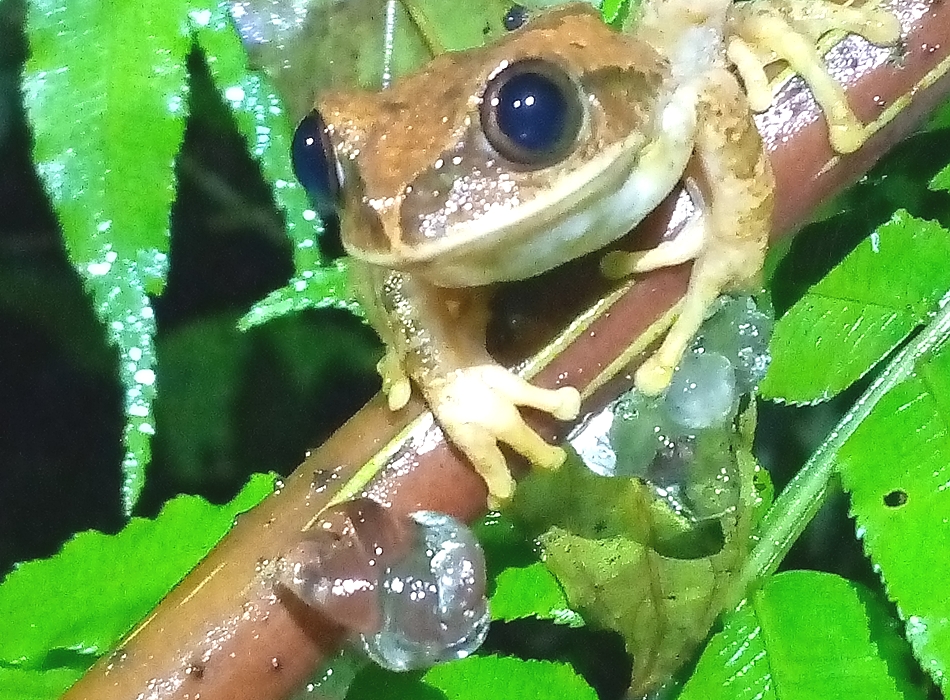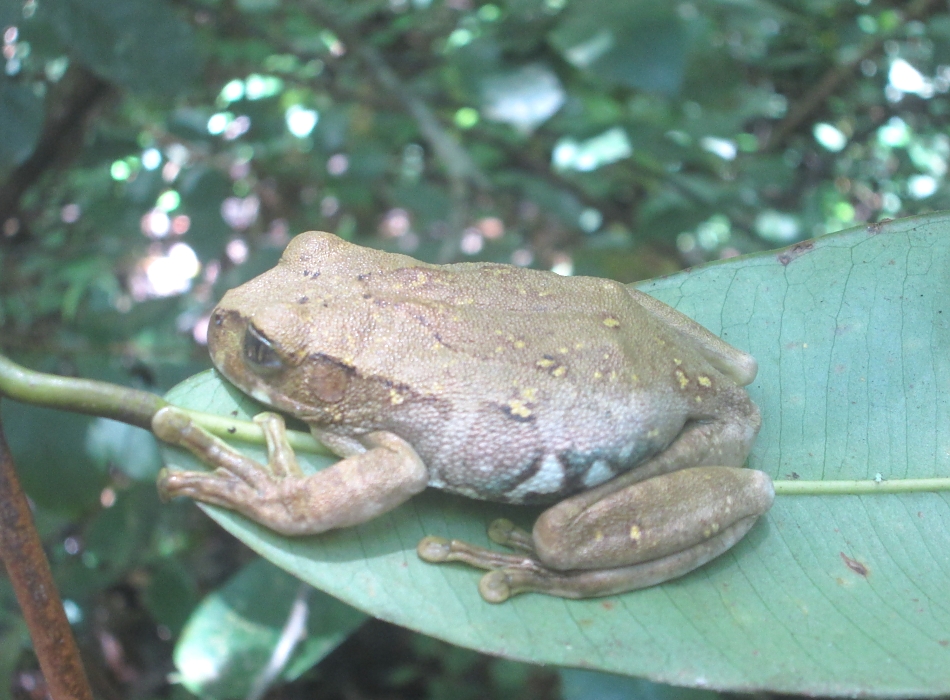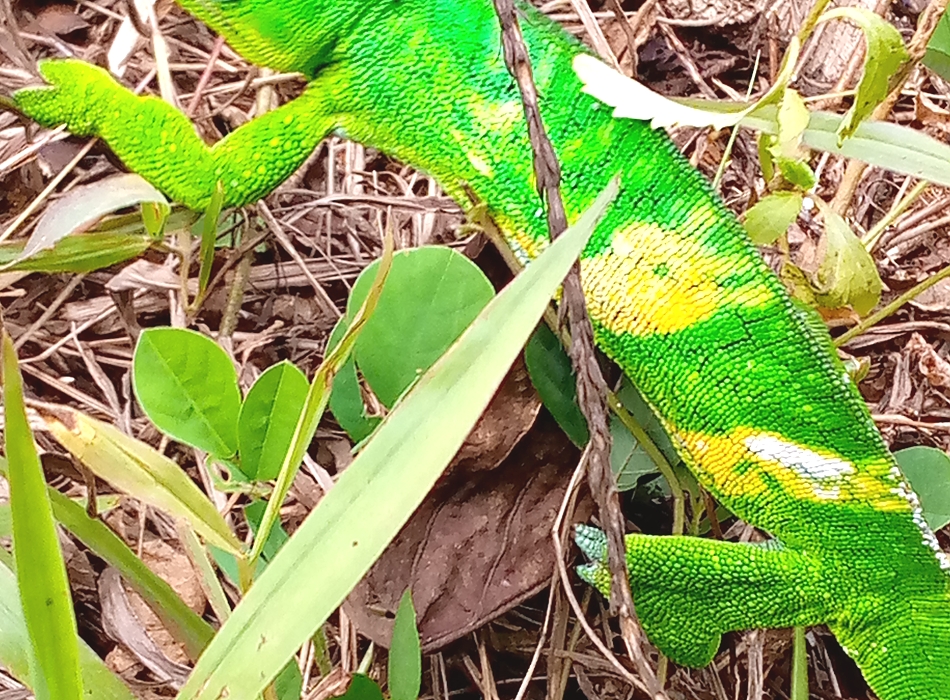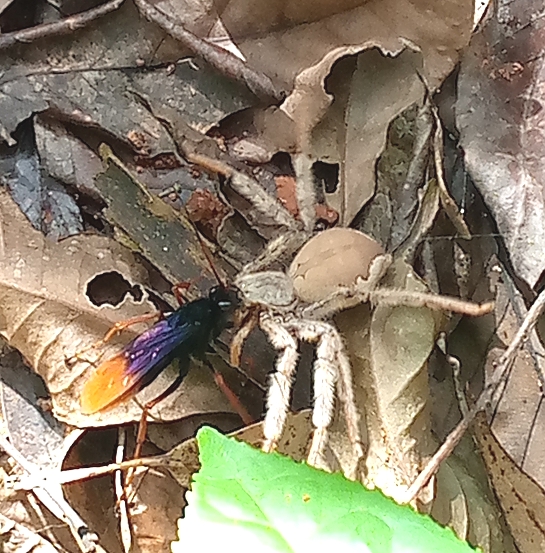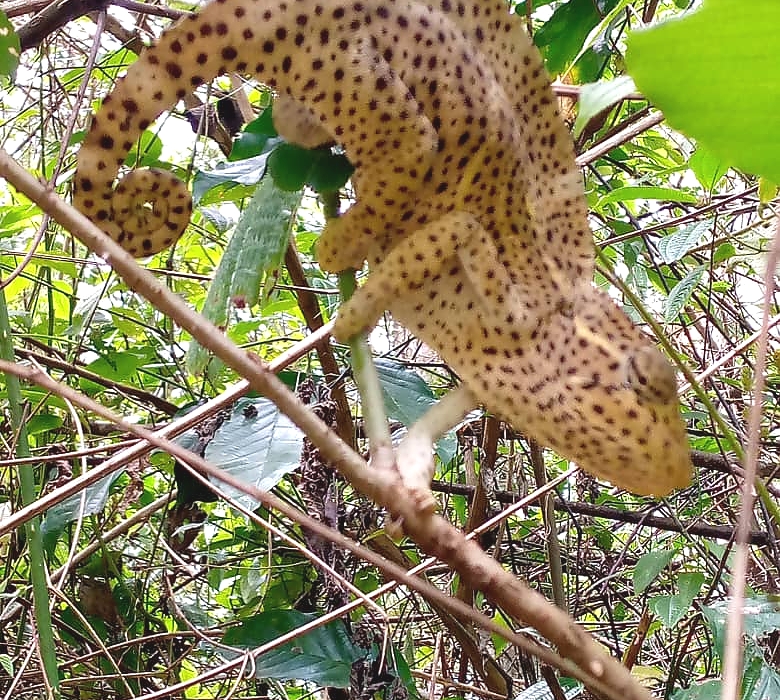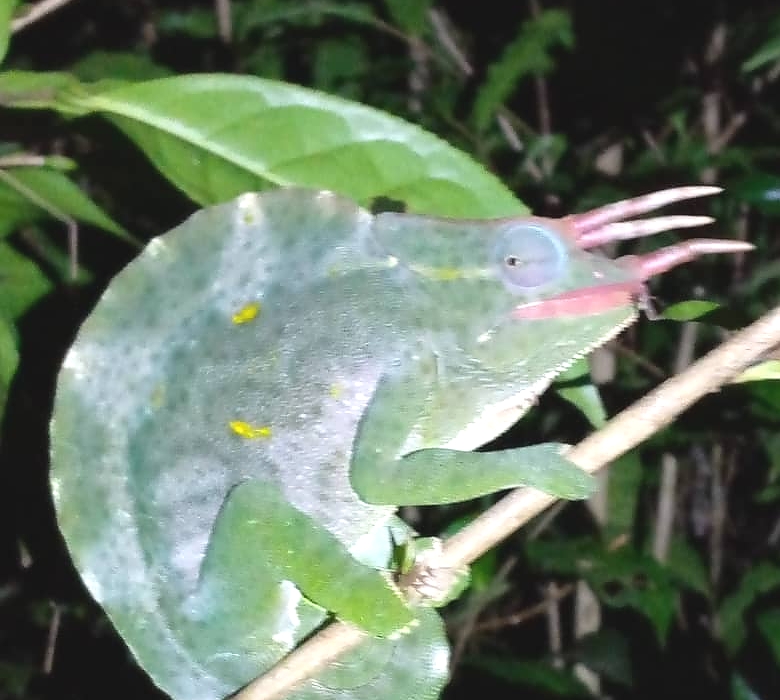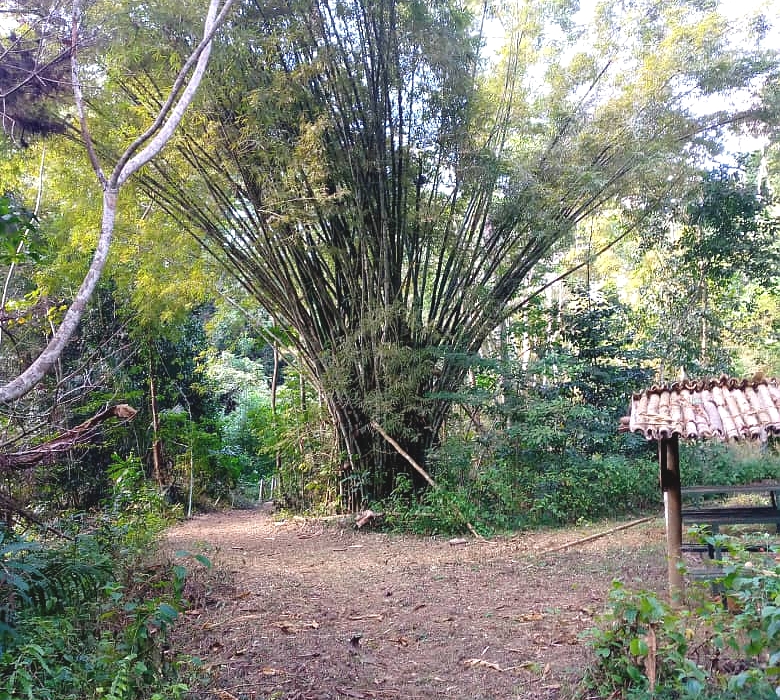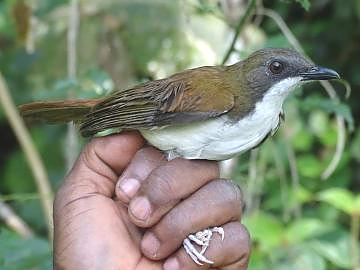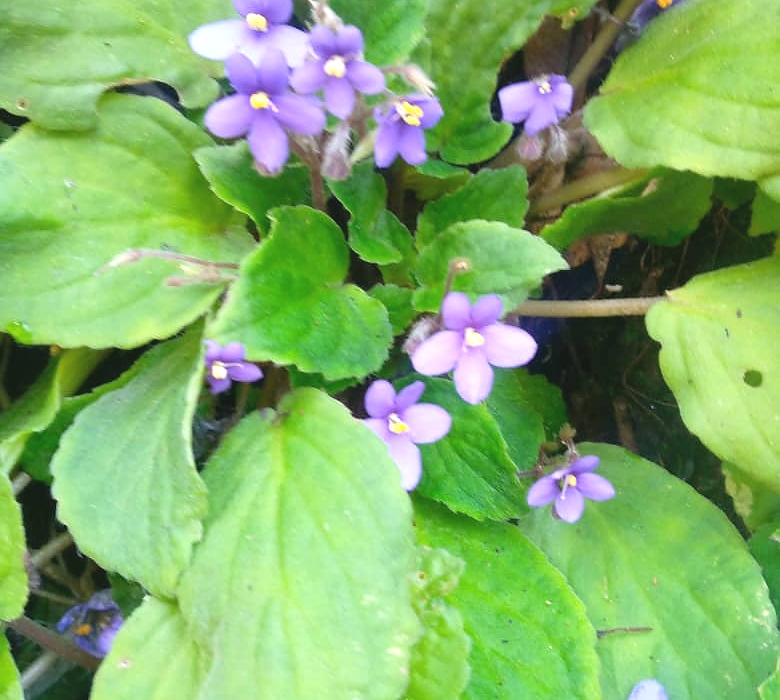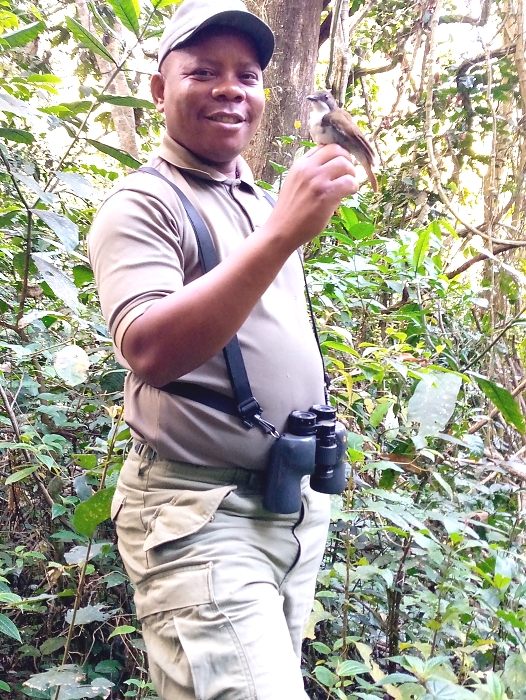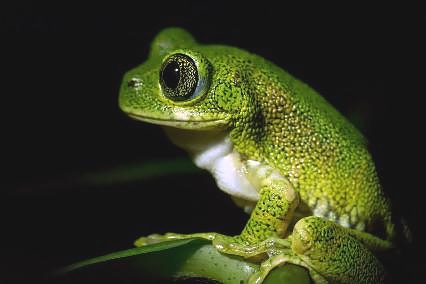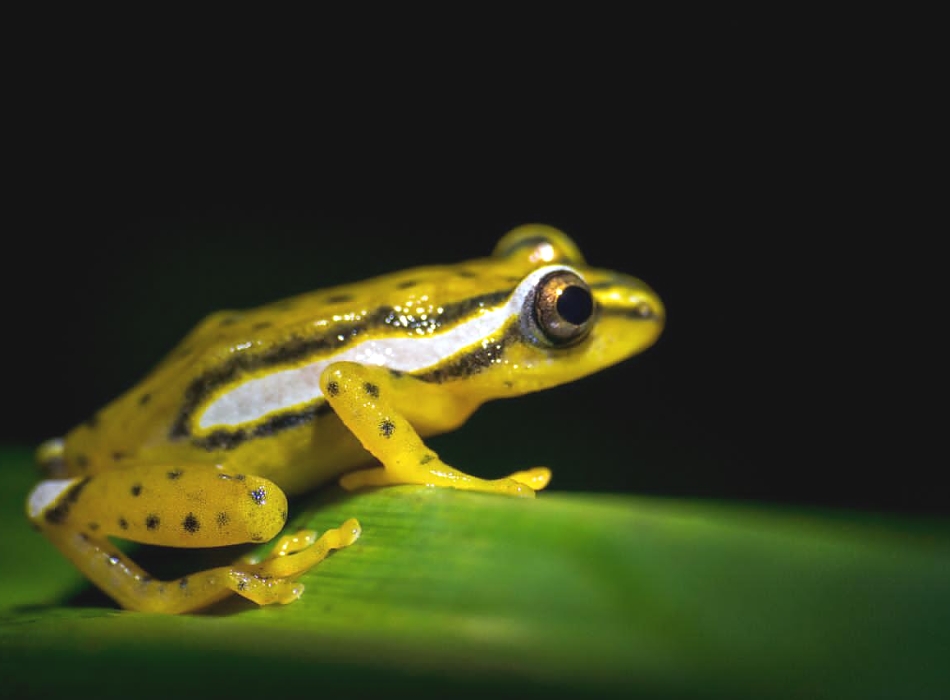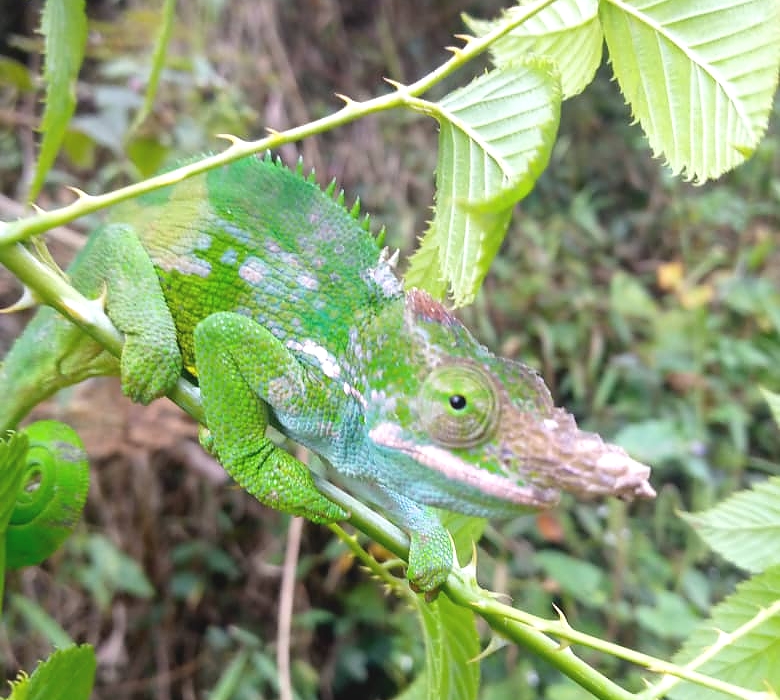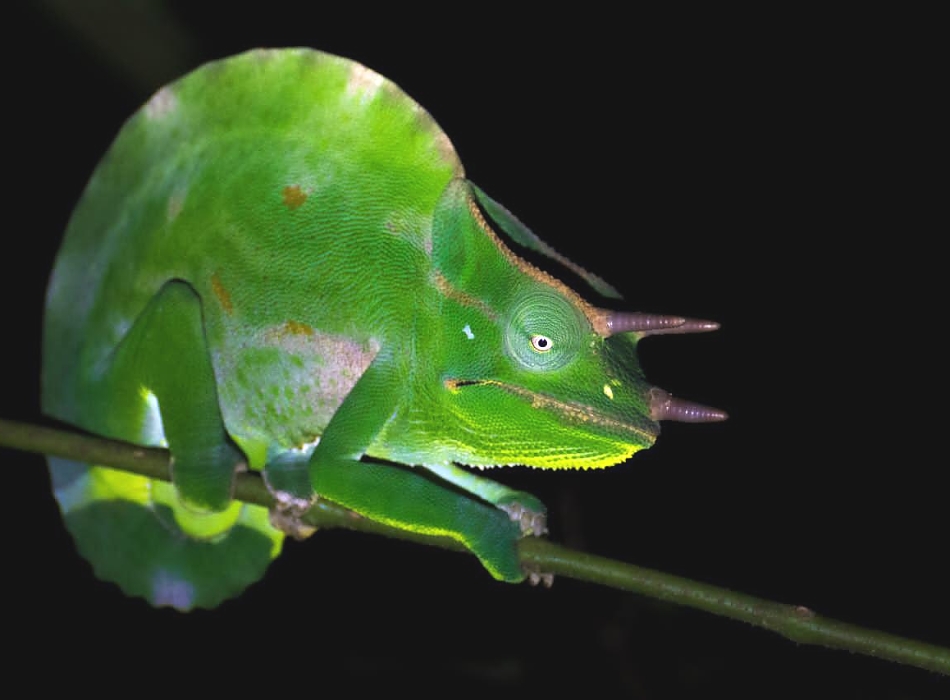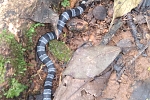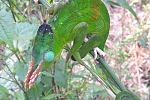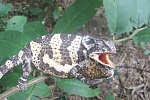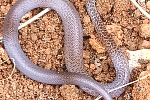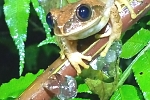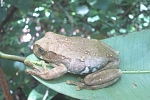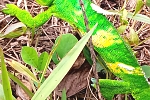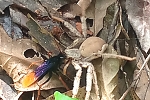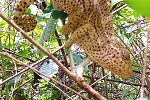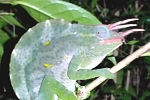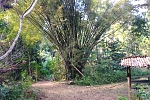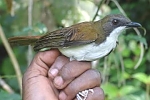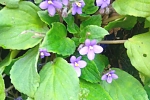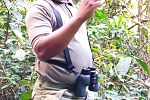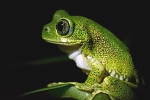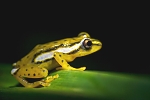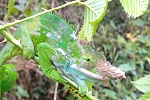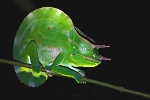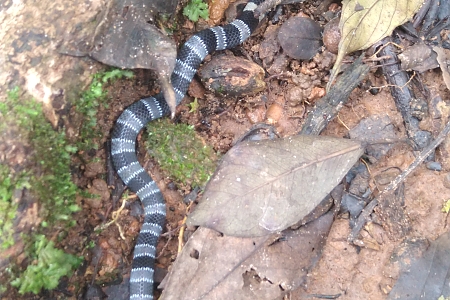
12-Day Tanzania Herpetology Safari: Explore the Wonders of Reptiles and Amphibians
The Tanzania Herpetologist Safari Tour is a 12-day, 11-night adventure focused on reptile and amphibian observation. The trip begins at the Arusha Meserani Snake Park and includes game drives in Mkomazi National Park, as well as guided walks in various Tanzanian ecosystems like Magamba Nature Reserve, Mazumbai Forest, Amani Nature Reserve, and Uluguru Nature Reserve. These areas offer opportunities to observe a wide range of reptiles and amphibians. The tour is led by experienced local herpetology experts who provide in-depth knowledge of the species in the diverse environments of the Eastern Arc Mountains. The itinerary is perfect for passionate herpetologists wanting to explore Tanzania’s rich biodiversity.
DAY 1: ARRIVAL AND MESERANI SNAKE PARK VISIT
Day 1: Arrival in Arusha & Safari Briefing
Morning:
Arrive at Kilimanjaro International Airport and transfer to your lodge or hotel. After checking in, enjoy a welcome briefing with your safari guide.
Afternoon:
If time allows, visit Meserani Snake Park in the afternoon. The day trip to Meserani Snake Park offers a unique blend of reptile observation and cultural experience. This is a guided tour to learn about various snake species, including black mambas and pythons, along with other reptiles like crocodiles. The visit includes exploring the Maasai Cultural Museum, where participants can engage with Maasai traditions and crafts on request.
Evening:
Head back to your accommodation for dinner and rest up for the adventure ahead.
Overnight: Arusha Mvuli Hotel (FB)
DAY 2: MKOMAZI NATIONAL PARK - REPTILES AND ARID ECOSYSTEMS
Early Morning:
Depart from Arusha early in the morning, heading towards Mkomazi National Park (approximately 3-4 hours by road). Enjoy the scenic drive through rural Tanzania as you approach the park, with some roadside stops to spot reptiles in their natural habitat.
On arrival, check in at your lodge or camp within or near the park.
Lunch:
Have lunch at the camp or lodge, preparing for an exciting afternoon of reptile-focused exploration.
Afternoon:
After arriving in Mkomazi National Park, enjoy the open plains, acacia woodlands, and river valleys, which provide perfect opportunities to encounter various species. Continue the reptile hunt, focusing on areas near waterholes and rocky outcrops, where reptiles like the monitor lizard often bask in the sun.
Evening:
Enjoy a relaxing evening at your camp, where you might get a chance to spot nocturnal reptiles like geckos and chameleons under the moonlight, followed by dinner. It’s a great time to reflect on the herpetological species you encountered.
Night:
In the night, we might have a final brief walk to search for more nocturnal reptiles or simply enjoy the tranquility of the African bush. This short itinerary offers a deep dive into the reptiles and amphibians of Mkomazi National Park, blending guided exploration with opportunities for close observation and photography. The park's diverse habitats allow for a wide range of species to be seen, from desert-adapted reptiles to more water-loving creatures.
Reptile species to expect: Kenya pygmy chameleon, puff adder snake, Kenya red-headed rock agama, leopard tortoise, flap-necked chameleon.
Overnight: Mkomazi Bandas
DAY 3: MAGAMBA NATURE RESERVE – RAINFORESTS AND CHAMELEONS
Early Morning:
After breakfast, drive to Magamba Nature Reserve, located in the lush foothills of Mount Usambara. The reserve is known for its biodiversity, including many reptile species like the Usambara chameleon, one of the region's rarest reptiles.
Mid-Morning:
Take a guided walk through the forest trails, which will give you the best chance to spot elusive reptiles in the dense undergrowth. Keep an eye out for geckos, skinks, and various chameleon species.
Afternoon:
Explore the reserve's mist-covered mountain landscapes, looking for other reptiles, tree frogs, and the leaf-tailed gecko, which blends perfectly with the forest floor.
Evening:
Return to your lodge/camp and enjoy a peaceful evening with a chance to reflect on the day’s reptile discoveries.
Night:
In the night, we might have a brief walk to search for more reptiles or enjoy the tranquility of the nature reserve.
Reptile and amphibian species to expect:
Here we shall be seeking to see species such as the West Usambara blade-horned chameleon, Pare pygmy chameleon, Usambara vine snake, and Usambara bush viper. Chameleon diversity is larger and higher in the West Usambara Mountains, though it is lower than in their eastern counterpart. The giant chameleon turns out to be the most common chameleon, and each one is more beautiful than the next. Another species of chameleon that occurs here has a broader range and can be found in both the Usambaras but is seemingly more common in the west. The Usambara spiny pygmy chameleon (Rhampholeon spinosus) is mostly found in dense vegetation, sometimes as high as 5 meters above the ground.
Overnight: Grewal’s Campsite or Lodge (FB)
DAY 4 & 5: MAZUMBAI FOREST – FOREST REPTILES AND AMPHIBIANS
Mazumbai Forest Reserve is a protected area managed by Sokoine University of Agriculture, located in the eastern part of Tanzania, within the foothills of the Eastern Arc Mountains. It's known for its rich biodiversity and is a vital conservation area for numerous species of flora and fauna. The forest is particularly significant for its high diversity of amphibians and reptiles, making it a prime location for herpetology enthusiasts. Mazumbai is home to several endemic species and serves as an important research site for scientists studying the region’s unique ecosystems. With its lush, tropical environment, the reserve is a peaceful haven for wildlife, offering visitors a chance to experience the beauty of Tanzania's natural world.
Early Morning:
After breakfast, transfer to Mazumbai Forest, a pristine area of tropical rainforest. The rich biodiversity of the forest makes it a prime spot for reptile and amphibian watching.
Mid-Morning:
Embark on a forest hike with your guide, who will point out species such as the brightly colored African green snake, tree-dwelling reptiles, and several frog species.
Afternoon:
After lunch, continue exploring the more remote sections of the forest, where you may find hidden reptiles such as the moss-covered chameleon and the rare flying dragon (a type of lizard).
Evening:
Settle in for an evening of relaxation in the forest, enjoying the serene sounds of nature, with the possibility of spotting nocturnal reptiles.
Highlight Reptile and Amphibian Species to Expect:
West Usambara blade-horned chameleon, rosette-nosed chameleon, Usambara pygmy chameleon, Usambara vine snake, Usambara bush viper.
The frogs which are also spectacular at this place include the Mazumbai warty frog (Callulina kisiwamsitu), spotted spiny reed frogs (Afrixalus dorsimaculatus), Parker's tree frogs (Leptopelis parkeri), Arthroleptis xenodactylus, and Ancylodactylus africanus.
Some other species found at Mazumbai include Kinyongia multituberculata.
Overnight: Mazumbai Forest Eco-Lodge (FB) in an old German colonial house with comfortable beds, warm water to shower, a hearth to warm up after a cold night in the forest, and amazing food.
DAY 6, 7 & 8: AMANI NATURE RESERVE
Early Morning:
After breakfast, drive to Amani Nature Reserve, another gem in the Usambara Mountain range. This reserve is home to several endangered species, and its dense forest offers a variety of reptile sightings. The reserve has a high diversity of reptiles and amphibians. We shall spend time walking in the forest day and night in search of local specialties for about three days. The biodiversity of the East Usambara Mountains is legendary and can be partially explained due to their proximity to the coast, the high rainfall, and connections to other parts of the Eastern Arc Mountains in the past. No less than nine chameleon species can be found here.
Highlight Reptile and Amphibian Species to Expect:
Amani Nature Reserve has rich reptilian fauna, including 26 snake species, nine species of chameleons, geckos, skinks, agama lizards (Agama agama), and in total, 34 different amphibian species (8 of them being endemic). Common snakes include the African rock python (Python sebae), Usambara bush viper (Atheris ceratophora), eastern green mamba (Dendroaspis angusticeps), and common green snake (Philothamnus hoplogaster). Common chameleons include Fischer’s chameleon (Bradypodion fischeri), Usambara soft-horned chameleon (Bradypodion tenue), flap-necked chameleon (Chamaeleo dilepis), and Usambara three-horned chameleon (Trioceros deremensis).
Expected species include the Usambara three-horned chameleon, East Usambara giant two-horned chameleon, Kinyongia voseleri, Usambara pitted pygmy chameleon, soft-nosed chameleon, bearded pygmy chameleon, giant one-horned chameleon, and Gaboon viper.
Most of the chameleons are spotted during the night. After dinner, you will go through the forest with our local guide, Aloyce. The following are likely to be spotted: flap-necked chameleon (Chamaeleo dilepis), Usambara pitted pygmy chameleon (Rhampholeon temporalis), bearded pygmy chameleon (Rieppeleon brevicaudatus), and Usambara three-horned chameleon (Trioceros deremensis). The densities of Usambara three-horned chameleons are quite high, in most cases with a high population of females/juveniles and few males.
It is also a good habitat for amphibians. Several amphibians can be spotted, such as Amani warty frogs (Callulina kreffti) lurking in the vegetation. Deeper in the forest, several frogs can be spotted, such as spiny reed frogs (Afrixalus dorsimaculatus), Uluguru tree frogs (Leptopelis uluguruensis), and the highly anticipated but simply stunning vermiculated tree frog (Leptopelis vermiculatus).
This can make you spend up to midnight still crawling through the dense undergrowth.
Over the course of the three nights, several species of amphibians can be spotted, such as Xenopus borealis, Sclerophrys brauni, Afrixalus fornasini, Hyperolius rubrovermiculatus, Arthroleptis affinis, Arthroleptis xenodactylus, and Phrynobatrachus kreffti.
Geckos are common in these forests, such as Ancylodactylus africanus, Hemidactylus mabouia, Hemidactylus platycephalus, Uluguru sucker-tailed gecko (Urocotyledon wolterstorffi), a unique gecko with adhesive papillae at the tail tip.
Snakes like the Cape wolf snake (Lycophidion capense) on the path and several Usambara green snakes (Philothamnus macrops) hanging in the vegetation, Usambara bush viper (Atheris ceratophora), and Usambara vine snake (Thelotornis usambaricus).
During the day, it is easy to find endemic dwarf gecko species for this area, such as Conradt's dwarf gecko (Lygodactylus conradti) on a tree trunk and Usambara dwarf gecko (Lygodactylus gravis). Speckle-lipped skink (Trachylepis maculilabris) and variable skink (Trachylepis varia) are commonly seen along the road.
Also, montane rock agama (Agama montana), eastern sawtail tree lizard (Holaspis laevis), brown house snake (Boaedon fuliginosus), and boomslang (Dispholidus typus) can be spotted. Other snakes which can be spotted include Philothamnus punctatus and Gaboon viper (Bitis gabonica).
Overnight: Lodge or Camp inside Amani Nature Reserve (FB).
DAY 9, 10 & 11: ULUGURU MOUNTAINS
Uluguru Nature Reserve, located in Tanzania's Eastern Arc Mountains, is home to a fascinating array of amphibians and reptiles, many of which are endemic to the region. The reserve’s unique blend of high-altitude forest and tropical climate supports a rich diversity of reptiles and amphibians, making it a key site for herpetologists and wildlife enthusiasts.
Day 9: Arrival in Morogoro & Transfer to Uluguru Nature Reserve
Morning:
Arrive in Morogoro (the nearest town to Uluguru Nature Reserve). From Amani Nature Reserve, it takes about 5 hours.
Meet your guide and drive to the Uluguru Nature Reserve (approximately 1.5-2 hours from Morogoro). Enjoy the scenic drive through the lush foothills of the Uluguru Mountains.
Lunch: At Morogoro
After Lunch:
Arrive at your lodge or camp near the reserve. Enjoy a fresh lunch and rest for the afternoon adventure.
Afternoon:
First Safari Walk: After lunch, head out for your first guided nature walk through the reserve. The forest here is rich with biodiversity, and you'll focus on finding the endemic Uluguru chameleon (a species only found in this area) as well as other reptiles like skinks and geckos.
Chameleon Spotting: The Uluguru chameleon, with its vibrant colors and unique behavior, is the highlight of this region. Your guide will take you to prime spots where these chameleons are likely to be found basking on branches or hiding in the underbrush.
Explore the diverse habitats: montane forests, waterfalls, and mossy rocks.
Evening:
Return to your lodge or camp, where you can enjoy a peaceful dinner and discuss the reptiles and amphibians you've encountered.
Optional Night Walk: If you're up for it, take a short night walk with your guide to spot nocturnal reptiles like geckos, leaf-tailed chameleons, and various frog species.
Overnight: Lodge or Camp near Uluguru Nature Reserve.
Day 10: Full Day Safari in Uluguru Nature Reserve
Early Morning:
Enjoy an early breakfast before heading out for a full day of reptile exploration.
Morning Walk in the Forest:
Start your day by walking deeper into the reserve. The early morning hours are ideal for spotting reptiles like the Uluguru tree frog and various types of skinks. The cool, misty conditions allow you to spot chameleons hiding in trees or basking on the forest floor.
Mid-Morning:
Herpetology Hike: Continue your hike, focusing on finding more species. Look for tree-dwelling geckos, rock monitors, and large millipedes that might attract local predators like lizards.
Your guide will also point out different amphibians like tadpoles or frogspawn in nearby streams.
Lunch:
Enjoy a packed lunch in the reserve or return to your camp for a meal, depending on your guide’s recommendations.
Afternoon:
Reptile Habitat Exploration: After lunch, explore different ecosystems within the reserve—look for reptiles in shaded areas near streams, waterfalls, and grassy clearings.
In the afternoon, focus on finding larger reptiles like the African rock python, Nile monitor lizards, and possibly the eastern green mamba (a venomous snake). The park's mix of rainforests, bamboo groves, and rocky terrain is perfect for these species.
Evening:
After a full day of reptile exploration, head back to your lodge or camp.
Enjoy a relaxing evening and dinner, followed by a casual discussion of the reptiles and amphibians you encountered.
Optional Night Walk: Another night walk after dinner to spot more nocturnal reptiles, including various species of geckos, chameleons, and frogs.
Overnight: Lodge or Camp near Uluguru Nature Reserve.
Day 11: Full Day Reptile Search
Early Morning:
After breakfast, enjoy a final early morning walk in the reserve, focusing on locating any reptiles you might have missed earlier, such as mossy rock lizards, chameleons, and the more elusive snakes.
Your guide will take you to the best spots to maximize sightings, including streamside areas and forest clearings where reptiles gather.
Mid-Morning:
Visit a few last key habitats, such as higher-altitude areas, where you might spot species like the Ugandan green tree snake or bamboo chameleons. Look for reptiles hiding under rocks or in trees.
Lunch:
Head back to the lodge or camp for lunch, allowing for some downtime before your departure.
Afternoon:
After lunch, depending on your schedule, you can take a short final walk or transfer back to Morogoro for your departure (flight or onward travel).
Highlight Reptiles & Amphibians:
Some of the key species found there include:
Amphibians:
Uluguru Mountain Frog (Arthroleptis uluguruensis) – A rare, endemic frog found only in the Uluguru Mountains.
Mountain Tree Frogs (Leptopelis spp.) – A group of frogs that are common in the mountainous and forested areas.
African Bullfrog (Pyxicephalus adspersus) – A large, burrowing frog found in wetland areas.
Boulenger's Bush Frog (Hyperolius boulengeri) – A species of reed frog found in the moist environments of the forest.
Reptiles:
Uluguru Gecko (Lygodactylus uluguruensis) – An endemic gecko species found only in the Uluguru Mountains.
Tanzanian Black Mamba (Dendroaspis polylepis) – One of the most venomous snakes in the world, found in the area (though rare).
DAY 12: ULUGURU NATURE RESERVE; AND DEPARTURE HOME
After breakfast drive to Dar es salaam, it is about 4 to 5 hours drive for your flight back home or continue with Beach Holiday in Zanzibar.
All-season
Hints
Rate Includes
Park fees
All activities(Unless labeled as optional)
All accommodation(Unless listed as upgrade)
A professional driver/guide
Walking Guide
All transportation(Unless labeled as optional)
All Taxes/VAT
Meals(As specified in the day-by-day section)
Drinking water(On all days)
Rate Excludes
Porterage
Rescue fee
Climbing gear
International flights (from/to home)
Roundtrip airport transfer
Additional accommodation before and at the end of the tour
Tips (tipping guideline: US$20.00 per day)
Personal items (souvenirs, travel insurance, visa fees, etc.)
Government-imposed increase of taxes and/or park fees


